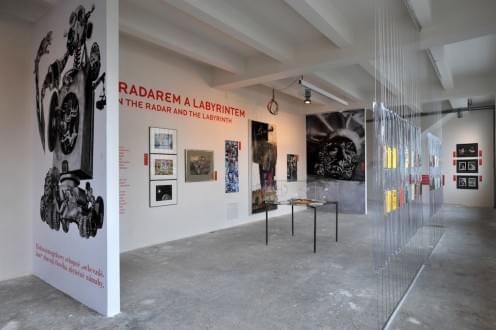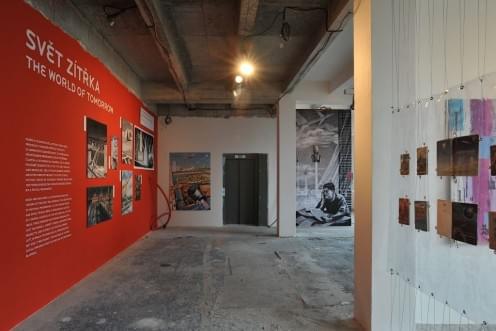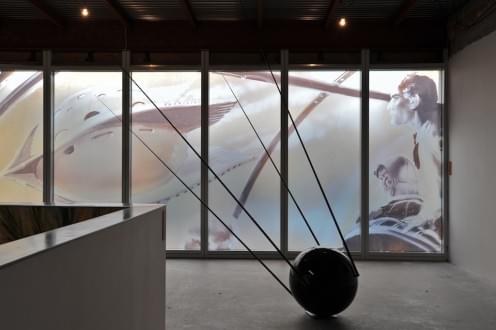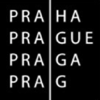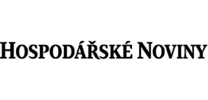Plantet Eden: Tommorow’s World In Socialist Czechoslovakia 1948 - 1978
16 Sep – 13 Dec 2010
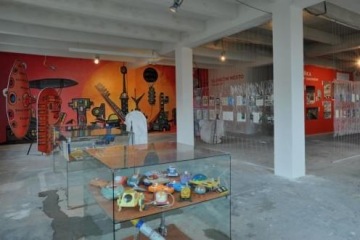
The Planet Eden exhibition is a guide to a future that didn’t happen. Every epoch adapts the future to suit its needs. At the beginning of the 1950s, the inhabitants of Czechoslovakia were being persuaded that a Communist utopia was on its way. The launch of the first Soviet space satellites served as a propaganda weapon. It left no one in any doubt that by 2000 we would be making regular flights to the Moon. By the second half of the 1960s those dreams were shown to be unrealistic. What remains of them are novels, stories, pictures, architectural projects and sci-fi films in which technological progress did not stop, but the nature of the future social system became increasingly vague. The unfulfilled future of the socialist past is inspiring contemporary artists to reflect on their post-Communist identities. The exhibition is divided into the following sections:
Between radar and the labyrinth
Two unique book projects of the 1960s – the sci-fi anthologies Labyrinth and Tunnel to the Day after Tomorrow - were illustrated by avant-garde artists.
Many of the latter also use the world of the future as subject-matter for their own free artistic activity. The works of Pavel Brázda and Věra Nováková struck a warning note, partly due to their rejection of Communism. The works of the artists’ grouping Radar were chiefly optimistic in tone. Július Koller’s archive of clippings demonstrates how mass culture was fascinated with futurist themes.
Tommorow's world
In the fifties and sixties, notions about the Communist utopia fused with technological optimism and social engineering. In his architectonic project Domurbia, Karel Honzík was inspired by the leftist ideals of the inter-war avant-garde. Books about the collectivist future and journals such as Science and Technology routinely presented young people with images of a world fifty or a hundred years in the future. Children’s magazines and literature in particular were full of images of tomorrow.
Retrofuturism
A number of present-day artists have gone back to the socialist era in search of unfulfilled visions of a future which has meanwhile become our present world – as a basis for their own work. These excursions into the past sometimes have a nostalgic feel that reflects the utopian promises that were part of the artists’ childhood. At the same time they are a critical tool for analysing today’s world, which lacks a clear notion of the future. The artists represented include Jiří Černický, Vít Soukup, Adam Vačkář and others.
The Arbor vitae publishing house has issued a publication in conjunction with the exhibition and with the same title, see www.arbovitae.eu
This Exhibition has been prepared in cooperation with The Brno House of Arts.

